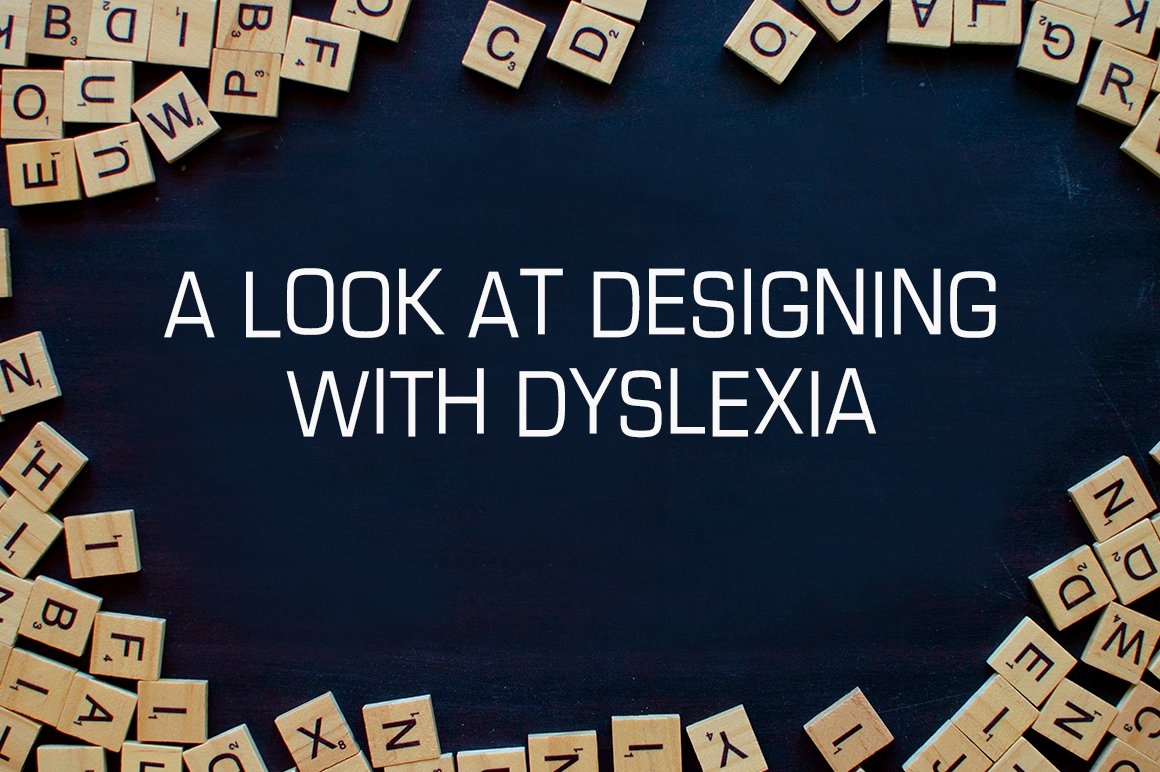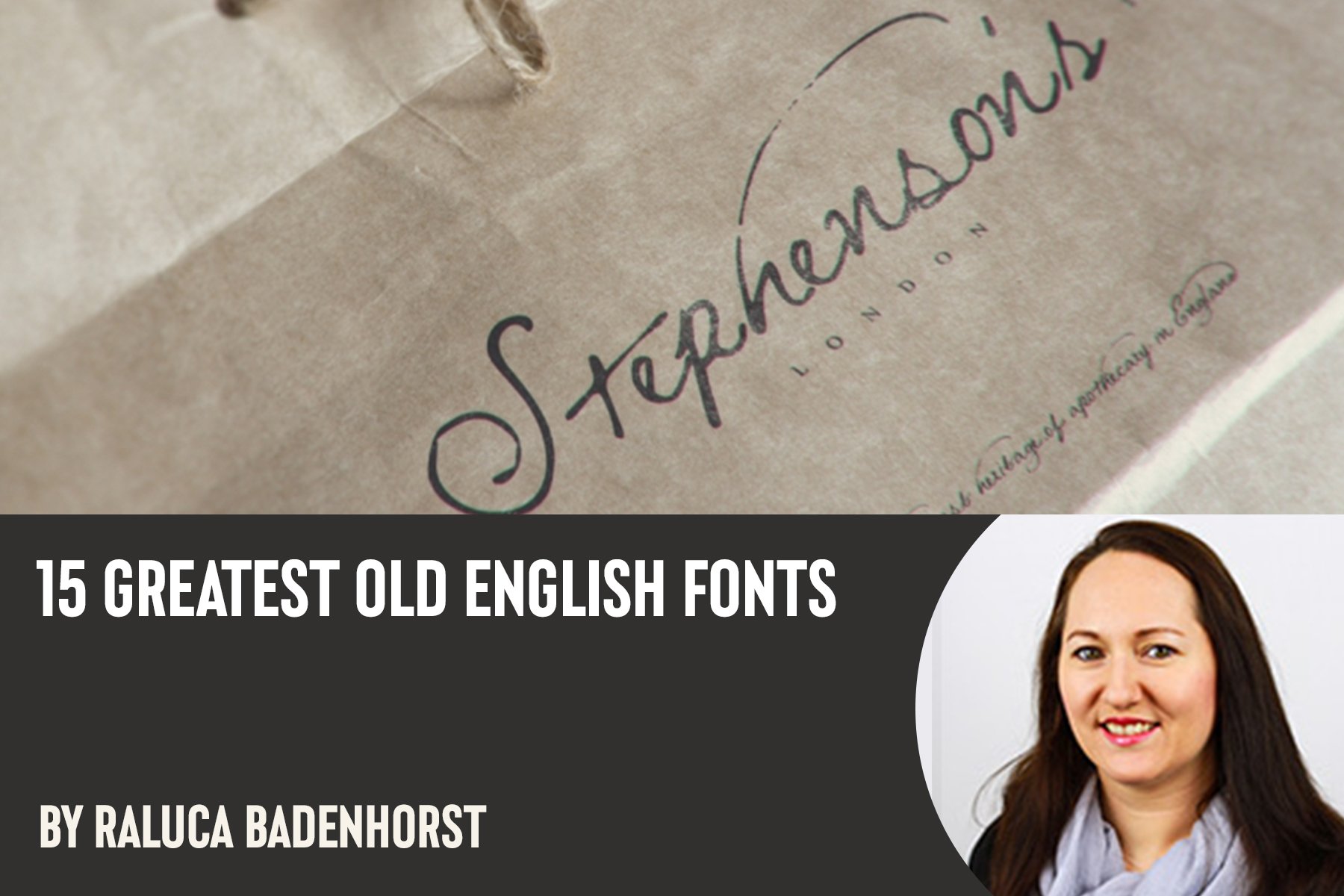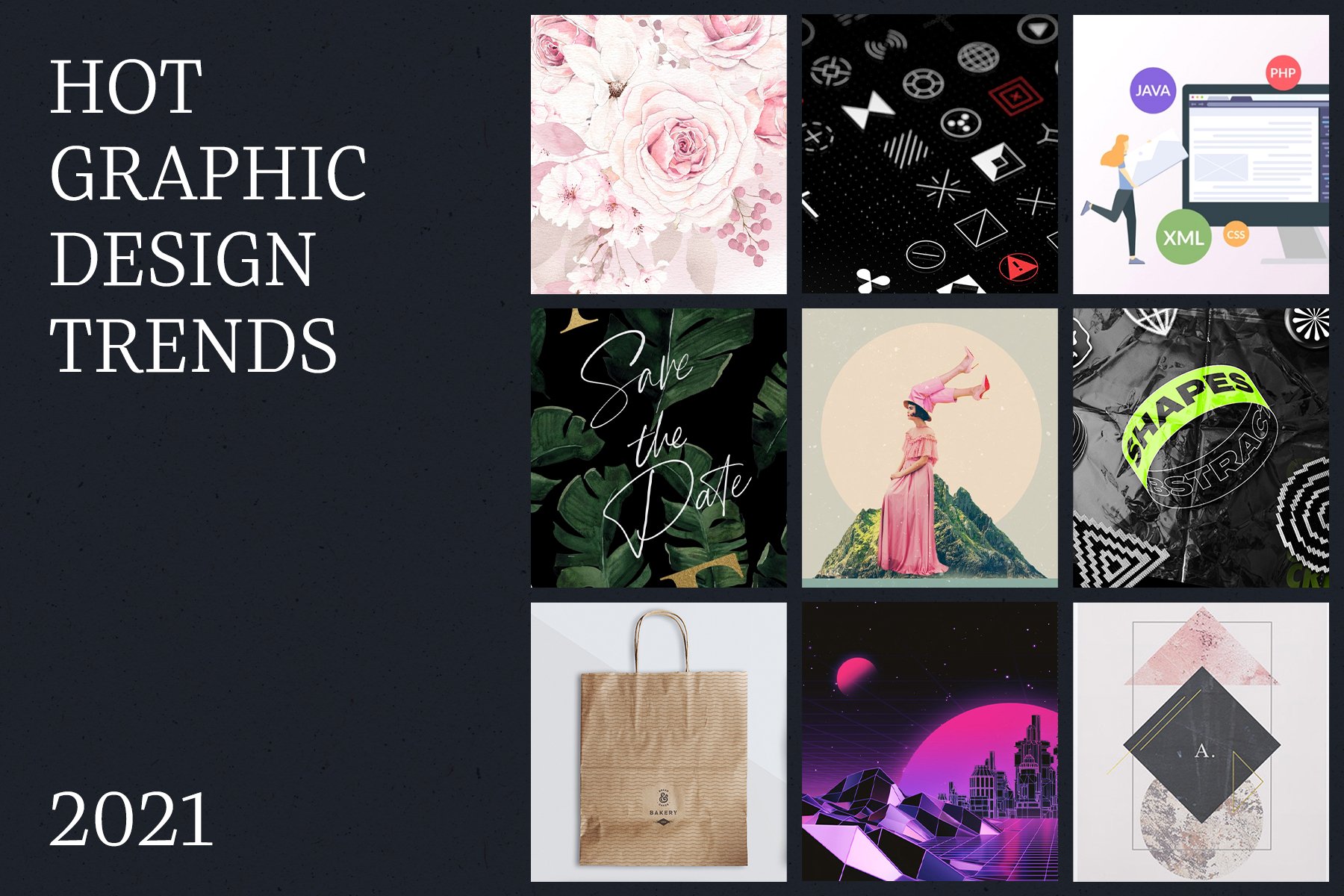It is expected that around 5-10% of our global population has dyslexia which, if correct, would amount to 700 million people worldwide. For such a prevalent learning disorder, it is surprising how little most of us know about it. Today, we hope to show you the numerous ways it can be used as an asset in the design world and how you, as a creative, can make your designs more dyslexia friendly.
What is Dyslexia?
Contrary to popular belief, dyslexia is not simply a case of jumbled letters; it is characterised by difficulties identifying ‘phonemes’, which are the basic sounds of speech (think: the ‘c’ in ‘cat’). People with dyslexia “struggle to make the connection between the sound and the letter symbol of that sound, and to blend sounds into words… this makes it hard to recognise short, familiar words or to sound out longer words”.
Despite often being labelled as different from a young age, people with dyslexia generally overcome this negative stigma to become some of the most celebrated names in our society. Creative minds like Pablo Picasso, Steven Spielberg, Leonardo da Vinci, and Tommy Hilfiger, as well as entrepreneurs like Richard Branson and Gary Cohn are only some of the few to identify as dyslexic. And then there is Albert Einstein, one of the most intelligent and inventive people in our history to date.
Design and Dyslexia
So why is it that creativity and dyslexia are so closely intertwined? Research suggests that brains with dyslexia might be wired differently, which could account for their ability to think laterally. This would explain why many of them exhibit advantages in spatial and visual learning, which can help them think in unique ways and spark innovation. Because they sift through information in more “exploratory ways... they process information more globally”. In other words, they are able to undergo more big-picture thinking, making it easier to to look beyond the rigid rules that govern traditional ways of reasoning. In the world of design, this can look like: creating multiple solutions, thinking outside of the box, manipulating objects spatially, and producing work that is “enriched with the unexpected”.
Making design more inclusive
The advantages of dyslexia in design cannot be understated, but while this holds true, much of the visual world still does not cater to people with dyslexia when designing for an audience. By neglecting a large chunk of their audience, they are limiting who can access and enjoy their product. A key consideration when creating an app, logo, or website is legibility, but how many designers actually cater to divergent thinkers in the conceptual stages of design? “Designers should be thinking about making any content accessible and easy-to-read for as wide an audience as possible […] It should come into the first stages of design and development, and be embedded within the culture”.
Accessibility tips
It is for this reason the the British Dyslexia Association (BDA) publishes an annual set of guidelines to inform designers, publishers, and educators on how best to arrange and display information so that it is more comprehensible. Their points generally include: typeface suggestions, as well as font sizes, letter width and spacing width, heading sizes, color choices, and text alignment, amongst others.
With regards to typography, here are a few tips:
- Try using sans-serif fonts (serifs can distort the shapes of letters). If needed, you can use a serif font but reduce the letter spacing and increase the word spacing
- Legible fonts include: Arial, Verdana and Tahoma
- You can try typefaces devised specifically for dyslexic users, such as OpenDyslexic and Dyslexie Font
- Avoid italics and underlining, which warp the text. Use bold for emphasis instead
- Use a font size of at least 12 points
For layout:
- The general rule of thumb is to structure your page as clearly and concisely as possible
- Use smaller columns that don’t span the entirety of the browser (ie. keep lines to a maximum of 100 characters, but the optimum length is 45)
- Keep spacing consistent between paragraphs
- Position your text on the left
- Avoid high contrasting colors
- Where possible, use dark grey for text instead of black (which can cause a blurred effect)
For navigation:
- Maintain flexible navigation throughout your platform, with all paths leading to the same point. This is because people with dyslexia make sense of different patterns of organisation
- Keep your navigation clear and logical, with a Home button always easily available
For more tips, you can visit this guide!
That's it folks!
Above all, it is important to remember that dyslexia should be celebrated as an asset to the design world, not a fault. Making design more accessible only empowers creatives to keep innovating and helps the industry evolve. We hope these tips encourage you to make your work more accessible or inspire you to tweak your already made webpages/apps.
“The world is made up of many different minds, and ways of seeing and being. Let’s be proud of what makes us stand out and not afraid to be different.” - Ab Rogers, Co-founder of Dyslexic Design



Be the first to comment